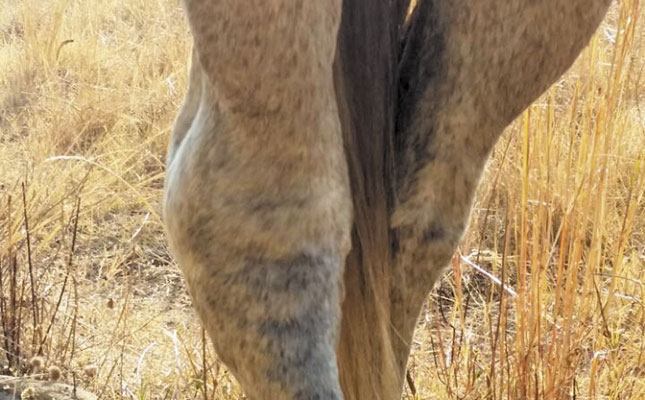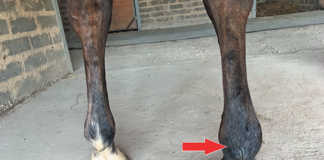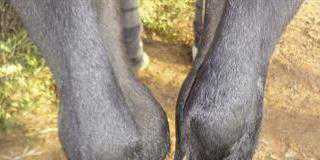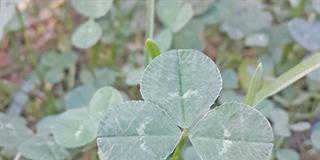
Photo: Kim Dyson
The hock is found between the tarsal bones and tibia of the hind leg. It’s made up of three joints: the tibiotarsal, a large hinge-like joint, does nearly all the flexion or bending.
Below this are the distal intertarsal and tarsometatarsal. Movement of these joints is restricted; generally, they’re involved in twisting actions.
Horses started too early or asked to perform at a level their bodies aren’t strong enough for usually develop hock problems.
A bone spavin will develop in the lower, inner side of the hock; look for a hard bony enlargement. In turn, the horse will show signs of lameness and have a shorter stride.
Often a horse with a bone spavin is ‘worse’ when its body is cold and the symptoms disappear once it’s warmed up, but this is not always the case.
The causes in young horses are usually:
- Osteochondritis dissecans (OCD), a defect in the cartilage of the joint that can result in degeneration leading to osteoarthritis.
- Trauma to the joint due to too much work too soon, the fast turns in polo, calf roping and racing, or too much strain due to a conformation defect, such as sickle and cow hocks.
Unfortunately, bony changes in the lower hock joint are irreversible. However, it’s possible to manage the problem and thereby slow the progression of the bone spavin, ease the pain, and control the lameness. Surgery is also an option, as we’ll see.
Management
Your vet will take X-rays to determine the extent of the damage. Treatment options generally involve arthrodesis.
Briefly, this is the artificial fusing of two bones to relieve severe pain in a joint, which cannot be managed by pain medication or other normally indicated treatments.
There are three kinds of arthrodesis: two involve ‘chemicals’ and the joint should fuse within three to six months. If this does not happen, it’s wise to consider the third, surgical option. If only one joint is involved, the success rate of surgery can be around 70%.
Chemical arthrodesis
This involves injecting drugs that destroy the cartilage and fuse the joint. It’s commonly performed to treat osteoarthritis of the lower hock joints. As noted, these joints have little motion and can fuse without affecting the movement of the horse, which is then free from pain.
Intra-articular treatment
A version of the foregoing, this involves injecting anti-inflammatory drugs into the joint. These will control the pain while the degeneration process continues until arthrodesis occurs.
Surgical arthrodesis
Here the surgeon drills into the joint surface to obliterate the cartilage and place a bone graft into the articular space. This causes the joint to heal like a fracture, and therefore become pain free. Putting a special shoe on the hind leg can also help the horse. The shoe should have a lateral extension on the heel to encourage the horse to keep its leg vertical when hitting the ground, which can reduce the pain.
Kim Dyson breeds Arabians and Lusitanos, and has 22 years’ experience in holistic equine and human body work.













